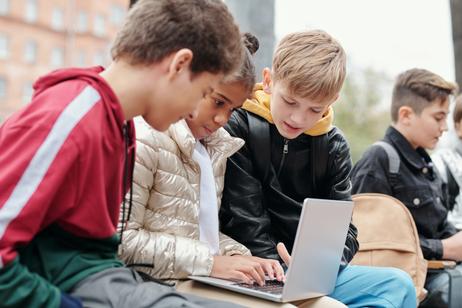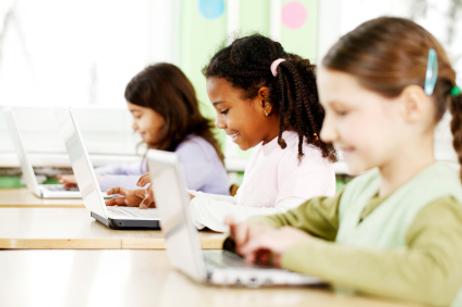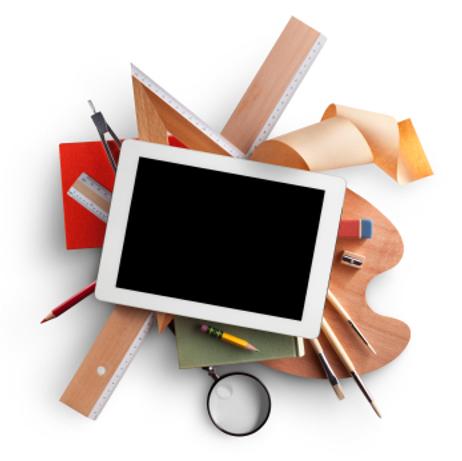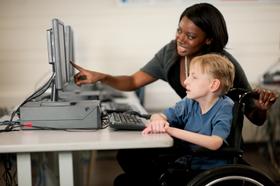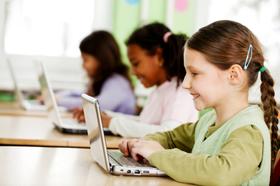How can educators and schools keep up with technology advancing and changing faster than ever? The answer: refurbished ed tech. The use of refurbished computers in public schools can vary widely depending on the specific school district, budget constraints, and local policies.
Refurbished computers are often considered a cost-effective way for schools to provide technology to students. They can be more affordable than purchasing brand-new computers, especially for cash-strapped school districts. Many schools and educational organizations may choose to refurbish older computers to extend their lifespan and make them available to students.
The prevalence of refurbished computers in public schools may also depend on the region and the level of funding available for technology initiatives. Schools may have extensive programs to refurbish and distribute computers to students in some areas. In contrast, in others, the use of refurbished computers may be less common due to budget limitations.
To get more specific information about the use of refurbished computers in public schools in your area, I recommend contacting your local school district or educational authorities. They can provide you with up-to-date information on their technology initiatives and how refurbished computers are utilized.
The Emergence of Refurbished Ed Tech
Teachers and administrators are turning to refurbished educational technology for better learning experiences on a reduced budget. Refurbished machines save time and money and give instructors a wider range of teaching options for students. We paneled some of the top minds in education to learn about the impact refurbished tech is

